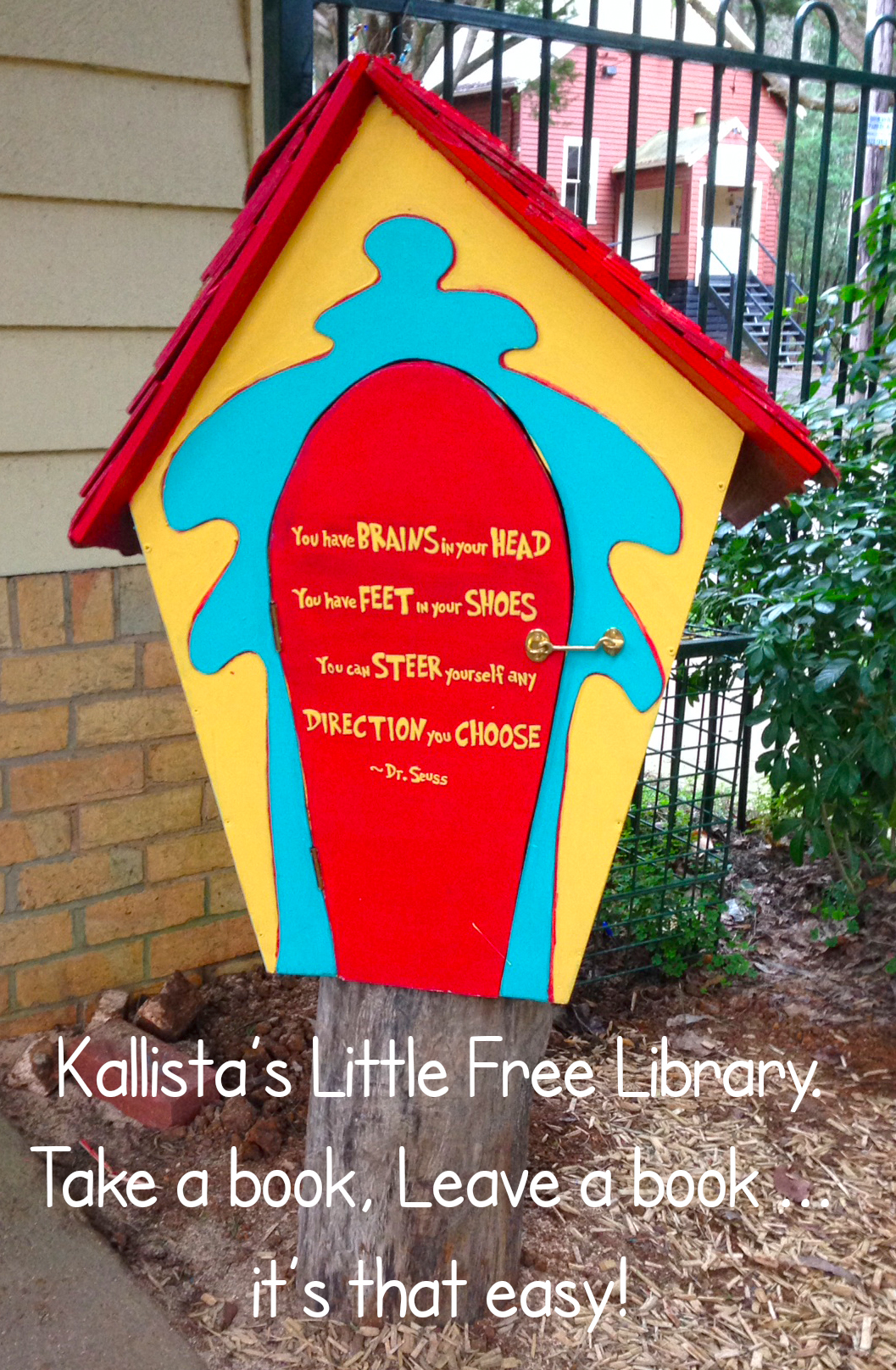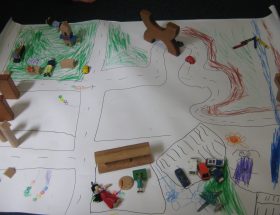 Supporting children to become confident readers, doesn’t start with teaching them to read and write their “abc’s”. It starts with talking and listening with them , shared conversations, sharing of books and Phomemic Awareness …
Supporting children to become confident readers, doesn’t start with teaching them to read and write their “abc’s”. It starts with talking and listening with them , shared conversations, sharing of books and Phomemic Awareness …
What is Phonemic Awaress?
Phonemic Awareness (PA) is:
- the ability to hear and manipulate the sounds in spoken words and the understanding that spoken words and syllables are made up of sequences of speech sounds (Yopp, 1992; see References).
- essential to learning to read in an alphabetic writing system, because letters represent sounds or phonemes. Without phonemic awareness, phonics makes little sense.
- fundamental to mapping speech to print. If a child cannot hear that “man” and “moon” begin with the same sound or cannot blend the sounds /rrrrrruuuuuunnnnn/ into the word “run”, he or she may have great difficulty connecting sounds with their written symbols or blending sounds to make a word.
- essential to learning to read in an alphabetic writing system.
- a strong predictor of children who experience early reading success.
An important distinction:
- Phonemic awareness is NOT phonics.
- Phonemic awareness is AUDITORY and does not involve words in print.
Phonemic Awareness is important …
- It requires readers to notice how letters represent sounds. It primes readers for print.
- It gives readers a way to approach sounding out and reading new words.
- It helps readers understand the alphabetic principle (that the letters in words are systematically represented by sounds).
…but difficult:
- Although there are 26 letters in the English language, there are approximately 40 phonemes, or sound units, in the English language. (NOTE: the number of phonemes varies across sources.)
- Sounds are represented in 250 different spellings (e.g., /f/ as in ph, f, gh, ff).
- The sound units (phonemes) are not inherently obvious and must be taught. The sounds that make up words are “coarticulated;” that is, they are not distinctly separate from each other.
(copied from http://reading.uoregon.edu/big_ideas/pa/pa_what.php)
Phonemic Awareness doesn’t need fancy games, work sheets, you just need time with your child. A car trip to and from Kinder is usually a good opportunity for captured attention.
Nursery rhymes: Sing / Say … identify the parts that rhyme, over time get the children to tell you what is interesting about particular words.
Tongue Twisters /Alliteration: Share http://www.estcomp.ro/~cfg/englishtwisters.html, and create them.
Syllabification: the act, process, or method of forming or dividing words into syllables. Give the children a word like Picnic, it breaks into the syllables Pic-nic
Initial and final sounds: I spy with my little ear something starting/ ending with ___
If you prefer more structure experiences, this website has variety of material both structured and song/game based. There is plenty more on the web.
http://phonologicalawareness.org/index.html
Encouraging children to find language interesting, and supporting their confidence to play with language is the best literacy start we can give them.
Thanks,
Lu-Ann







